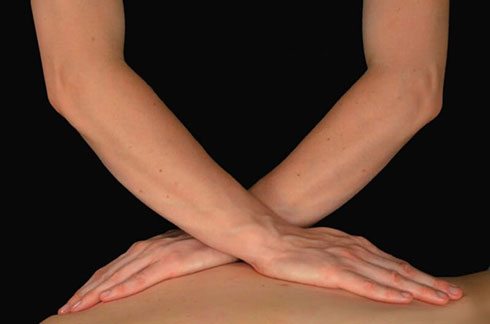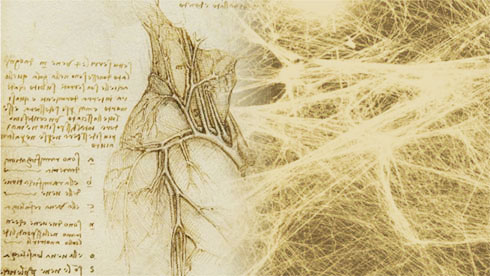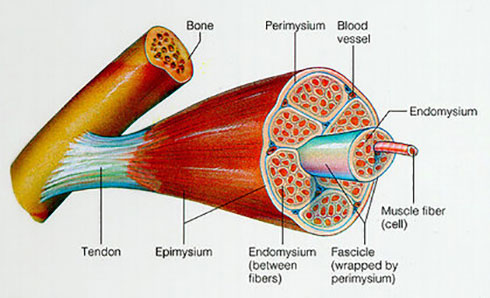Ask a question or book an appointment today on
01344 845801 or email info@scorpiophysio.com

Join the mailing list
We'll keep you in touch with all the latest news from the clinic.
Be the first to find out about new innovations, offers and much more.
Myofascial Release
Myofascial Release - the treatment
Myofascial Release (MFR) is a very gentle treatment which can play an important role in treatment following surgery or any other kind of trauma. It can:
- create flow in the fascial system thus enabling the immune system to do its job and promote healing
- ease the harmful effects of pain and anxiety. After trauma the body is in “fight or flight” mode which is a sign of a hyperactive autonomic nervous system. MFR can diminish this response and bring about mental and physical relaxation, decrease pain and induce calmness in the autonomic nervous system.
- release scar tissue. Scars can be external but also internal. They tighten and shorten over time and can trap delicate tissues including nerves in the process. Deep or old scars are often a hidden cause of problems elsewhere in the body.

Some other examples of conditions that MFR can treat:
Painful sex or other internal pelvic issues. Internal scarring from difficult deliveries, tears or episiotomies can cause pain and discomfort for women many years after they gave birth
Physical issues of unknown cause can be a result of unresolved emotional trauma. This is because the body does not distinguish between physical and emotional pain. In such a case a fascial restriction or block will not show on any imaging investigation (x-ray, MRI) yet is physically present
A Holistic treatment e.g. fibromyalgia or chronic fatigue syndrome can often respond well to very gentle touch and a whole-body approach.
Fascial Manipulation (FM) and Myofascial Release (MFR) both deal with the same structure ie fascia but in very different ways:
- target tissues: MFR is the gentle accessing of nerve receptors which respond to light touch only, whilst FM is a more robust approach targeting the deep fascia
- technique: MFR uses a combination of always gentle tension and compression. The tension addresses the collagen, the compression releases the ground substance. FM utilises a firm touch to adhere to the skin then very localised friction with sufficient pressure to pass through the superficial layers to affect the underlying deep fascia. It can be very painful.
- treatment time: MFR requires an hour’s session because every single treatment addresses the whole body. Gentle release of long held restriction takes time and patience at each session. FM sessions are usually more localised and half an hour is usually sufficient
- emotional release: MFR may give the therapist and patient access to any emotional components which might have contributed to the physical symptoms. FM sessions at this level seldom do.
Treatment requires a focused ‘listening’ touch. A gentle, hands on skin technique allows the therapist to tune in to the tissues and ‘feel’ what is going on.
A prolonged light pressure/ tension on the fascia will induce the piezoelectric phenomenon (pressure/ electricity) which releases the musculo-elastic component causing it to elongate. Holding tension for longer (5 minutes or more) will allow the collagen barrier to relax, the ground substance (liquid crystals) to return to its liquid form, restoring flow to the system and important chemicals (interluekin 3 and 8) to be released, allowing the body to heal itself and produce permanent results. Skin to skin touch can also calm the Autonomic nervous system (ANS) sympathetic activation.

Following a traumatic experience such as an operation, the body will go in to what is known as a ‘fight/ flight mode’. This is a normal stress response caused by activation of the Sympathetic nervous system, and should, but doesn’t always resolve when the threat is over. Very gentle but deep touch activates the Ruffini receptors in the fascia calming the fight/flight response, thus bringing a sense of relaxation, and restoring well being.
Gentle fascia release following a fracture or surgery assists the lymphatic system to operate; by creating flow in the system, toxins can be cleared and local swelling reduced to minimise pain and optimise healing.

The fascia also holds a strong connection with emotional holding patterns which may be contributing to pain and will be released during treatment. Some may experience a therapeutic pain following a session, before feeling better. This is also referred to as a ‘Healing crisis’ and is the experience of old, blocked pain/emotion being released from a locked system. Fascia release can do no harm. The worst that can happen is … nothing at all!
Every person has their own unique fascial system so every treatment is different. In releasing the fascia we treat the cause and effect, rather than the symptoms. This is a truly transformational touch which releases restrictions that hold both physical and emotional pain.
A series of treatments can not only address pain but also bring on a deep and lasting change in posture, movement and flow, allowing the body to heal itself and restore well-being.
Fascial stretching- your key to maintaining improvements
Our body is built for movement. Fascial restrictions build up overnight and need breaking up in the morning with a good dynamic wiggling stretch.
o what do you do? How do you stretch? Is your stretching effective in releasing your stiffness? In my sessions I will teach you how to become aware and respond to what your body needs, and how to make your stretches highly effective whilst staying gentle and pain free.
Assessment of ergonomics and ADL may hold another key..
The way we sleep, sit, work, garden, exercise and move is often a contributor to our pain and stiffness. Pain which has been treated and has returned, especially more than once, is often an indicator that something in your daily activity is aggravating or indeed causing the irritation.
An integral part of your assessment will be to identify irritating factors.
Alongside hands-on treatment for pain relief and realignment of the tissues, very specific advise will be provided on how and what needs changing. Anything from the height of your pillow (to ensure neck support), to the angle of your bike saddle, from the armchair you use to the position of your TV.
I will also provide advice on optimising and modifying your workspace, be it a computer on a desk at work or a laptop in bed.
Once we can eliminate the contributing factors we can maximise recovery and your chances of staying well.
About Dana
 My role as a physiotherapist is support you, and enable you to achieve your goals, manage your conditions, and do things you want to do with as little pain as possible. Physiotherapy and Pilates are only tools, not solutions.
My role as a physiotherapist is support you, and enable you to achieve your goals, manage your conditions, and do things you want to do with as little pain as possible. Physiotherapy and Pilates are only tools, not solutions.
Based on the biotensegrity approach to movement, I work carefully to release, rebalance and realign the soft tissues all around the body. When tension and pain have been present for some time, it will require ‘peeling layers off’ (metaphorically speaking), before exposing the culprit.ons.
I believe that the body is one: mind-body, emotional-physical, shoulder to hip, and head to toe. My assessment and treatment therefore is one of the body as whole. My role is to facilitate and support your recovery. Treatment should not be painful and should always feel right for your body. Exercises should always support what you aiming to achieve.
My sessions are very hands-on. I use a refined listening touch, supported by intuition, to assess what your body wants. It is always amazing to experience the transformation that happens between sessions. And when new patterns become part of every-day life, improvements can be maintained long term.
jHours of business
Virginia Water
Monday to Friday 7.30am – 8pm
Saturday 8.30am – 5.30pm
Sunday emergencies – please call 01344 845801
Lightwater
Monday 9am - 4pm
Thursday 9am - 4pm
Englefield Green
Thursday 9am - 4pm
Bank Holidays
Emergencies can usually be seen at Virginia Water. Please call 01344 845801
How much will it cost?
Each session is charged at £60.00, whether it is the initial assessment / treatment session or a follow-up treatment, with shockwave, pilates and men's health packages by arrangement. Find out more about private medical insurance cover...
Testimonials
